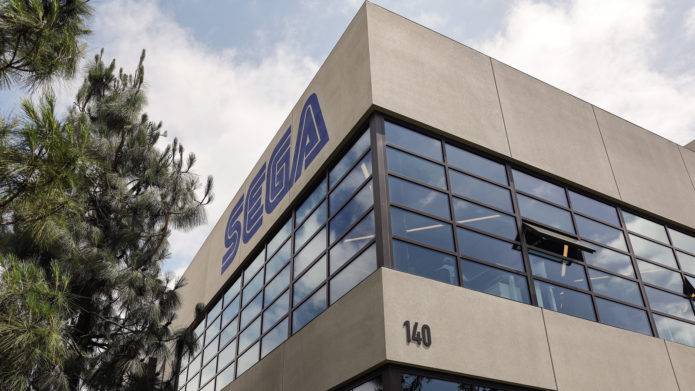In the late 1980s, the big console battle was between the Super Nintendo Entertainment System and the Sega Genesis (also known as the Super Famicom and Mega Drive in Japan, respectively). Sega’s strategy of choice was painting Nintendo as old and passé, with its big tagline being “Genesis does what NintenDon’t.” The 1991 release of the original Sonic the Hedgehog, not to mention an exceptionally well-timed price drop, actually put the Genesis ahead of the SNES for a time in the Western market.
****
However, the game was changing by the mid-90s. The Nintendo 64 was already out on the scene, but the real looming threat was Sony’s newly announced PlayStation console. The change to CD-ROM over cartridges would bring about a new level of game quality and fidelity, and Sega was desperate to maintain its hold. In a dangerous gamble, the company decided to announce the release of its new CD-based console, the Sega Saturn, earlier than originally projected to get a head start on the CD race.
Sadly, this gamble wouldn’t pay off. The Saturn was released before the PlayStation, but its games weren’t ready, so its launch library was positively tiny. Anyone who bought a Saturn would have to wait until the back half of 1995 for anything interesting. As an extra insult to injury, Sony’s announcement had the PlayStation snipe the Saturn on pricing by a good $100, which didn’t sit well with consumers. The Saturn eventually did get its games, and some good ones, at that. However, it never received a proper Sonic the Hedgehog title, which diminished its value to buyers even more.
****


